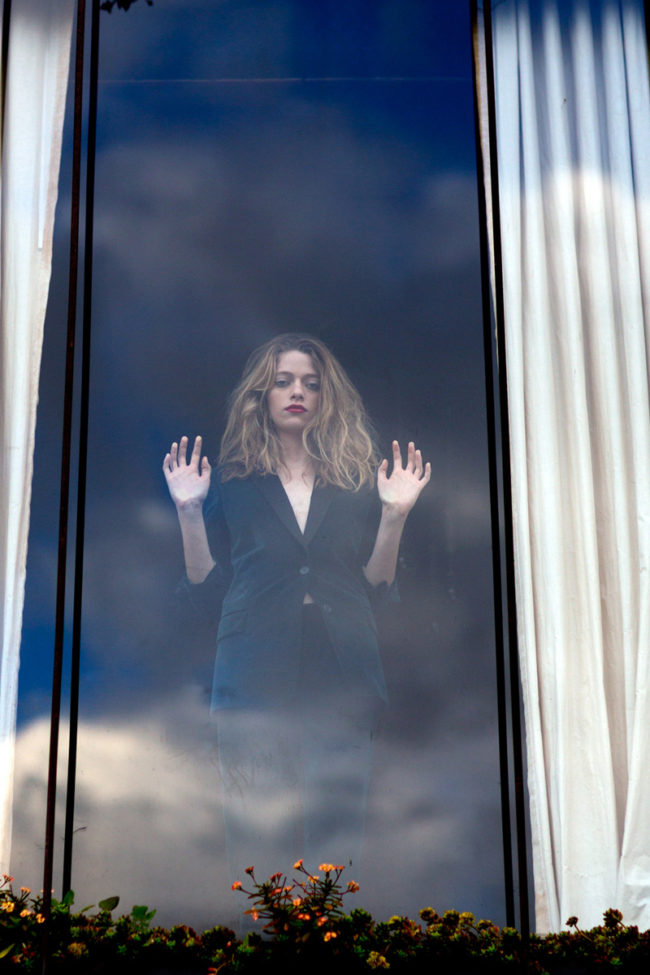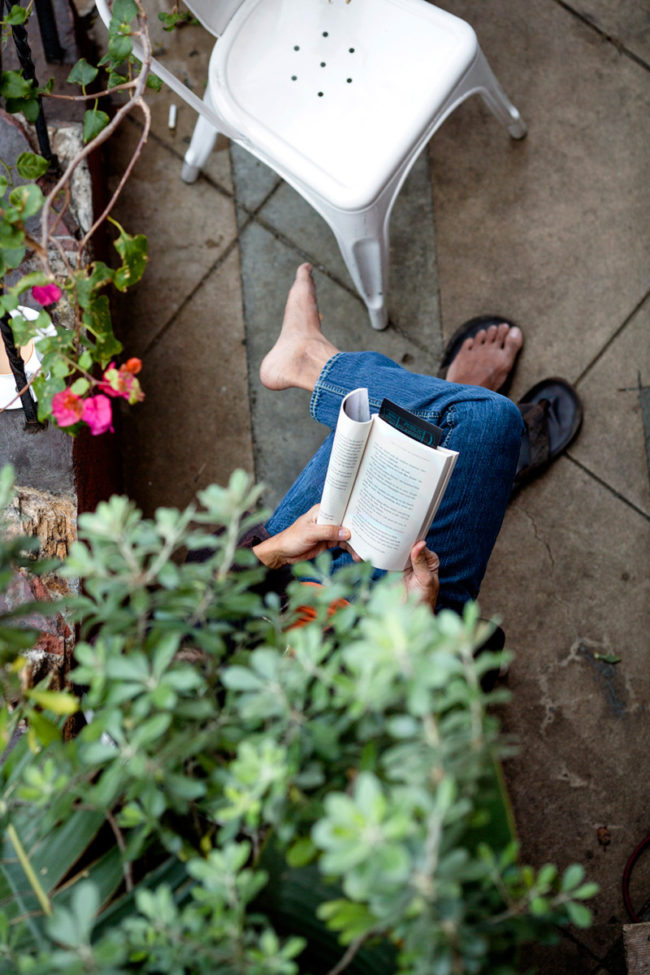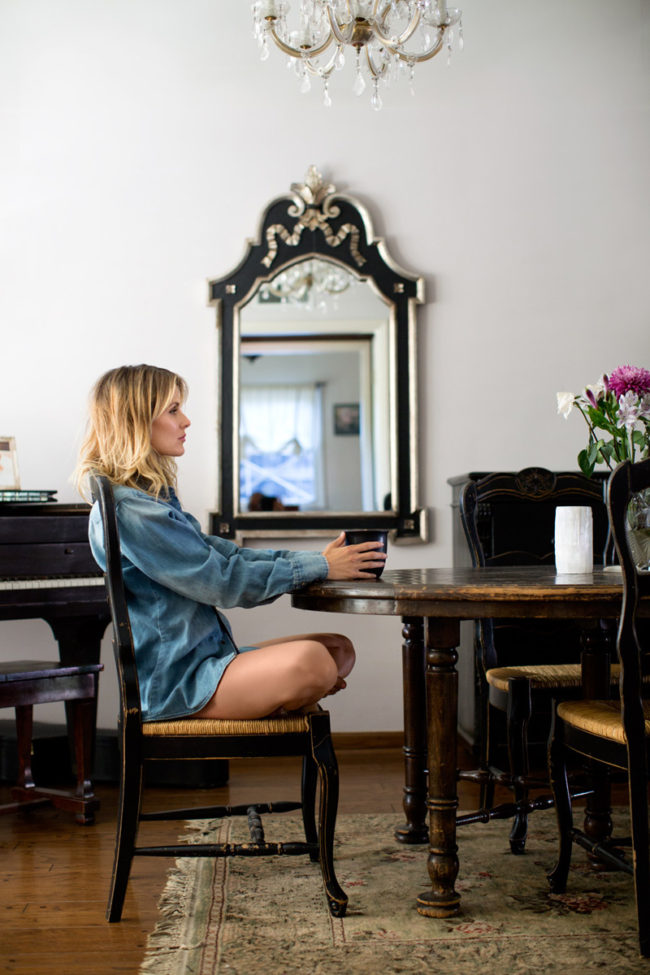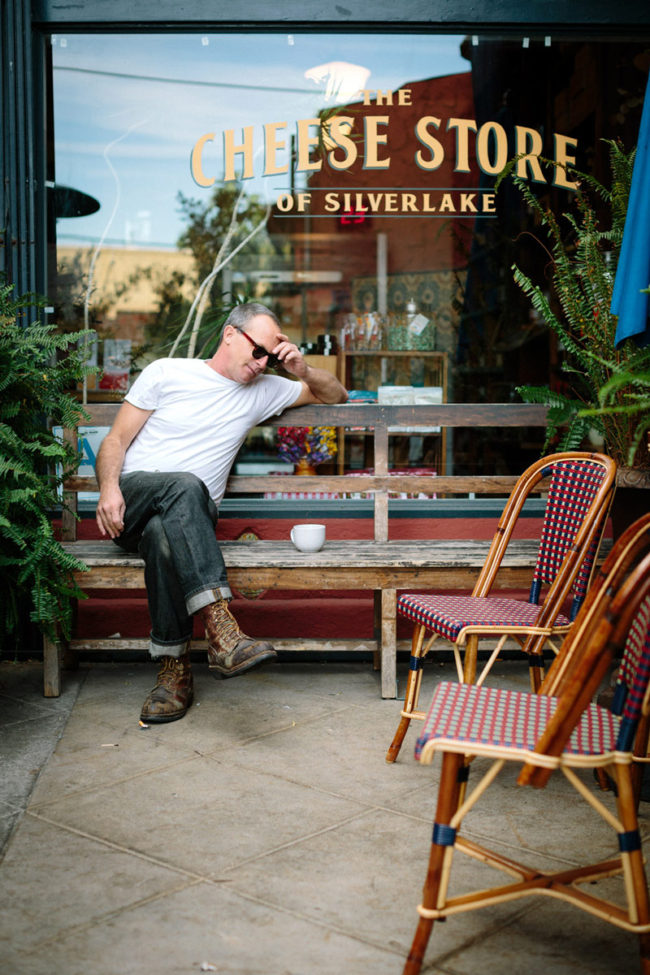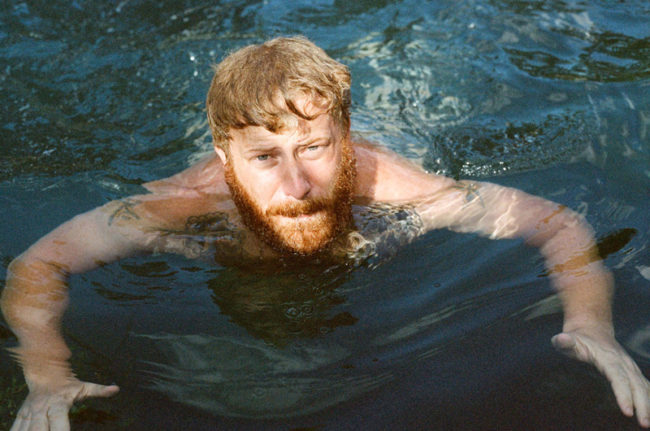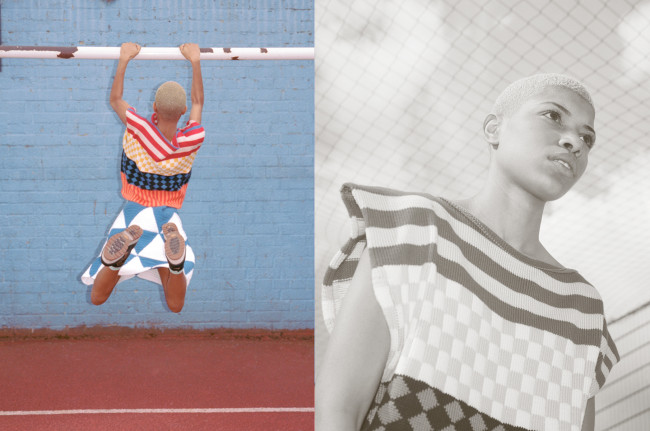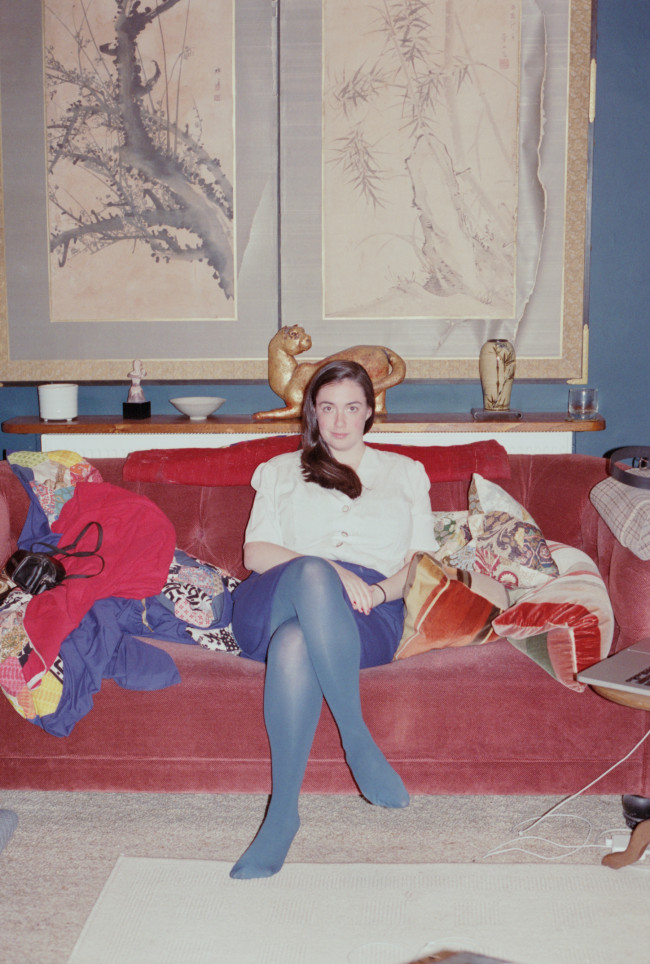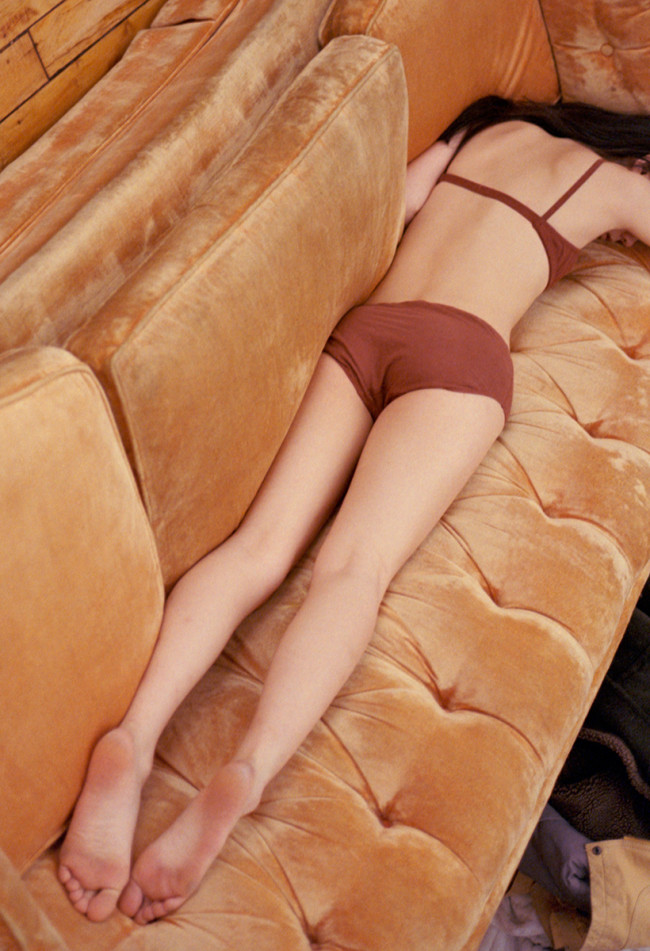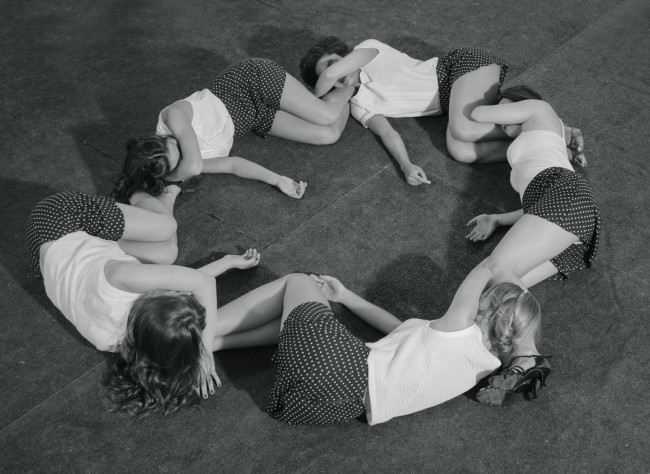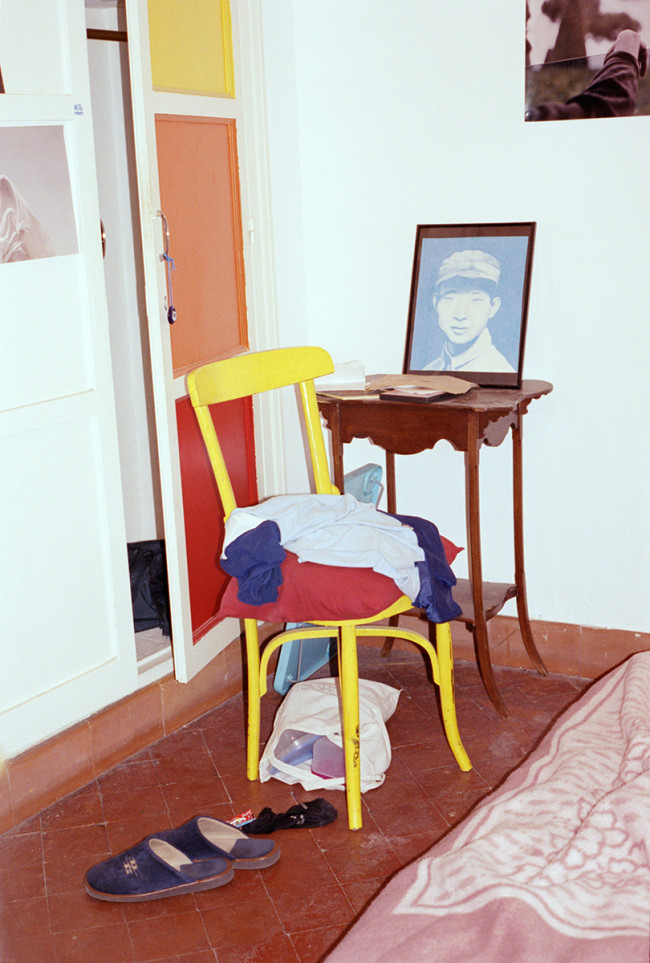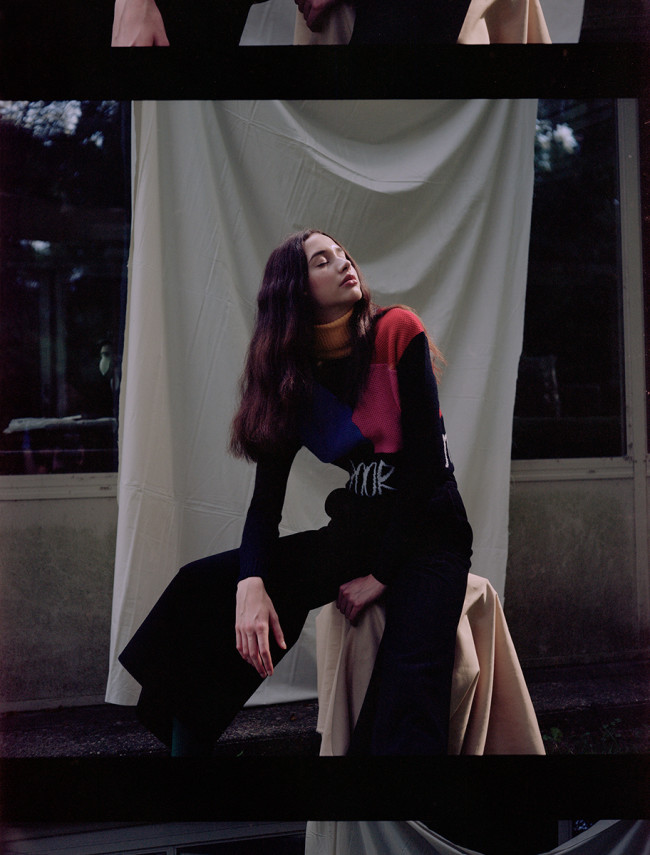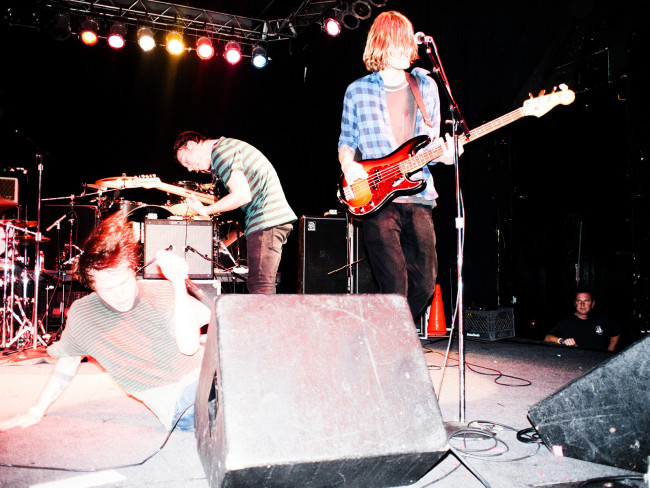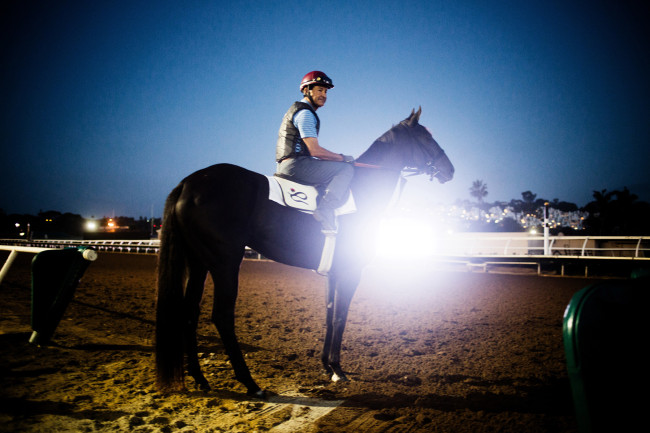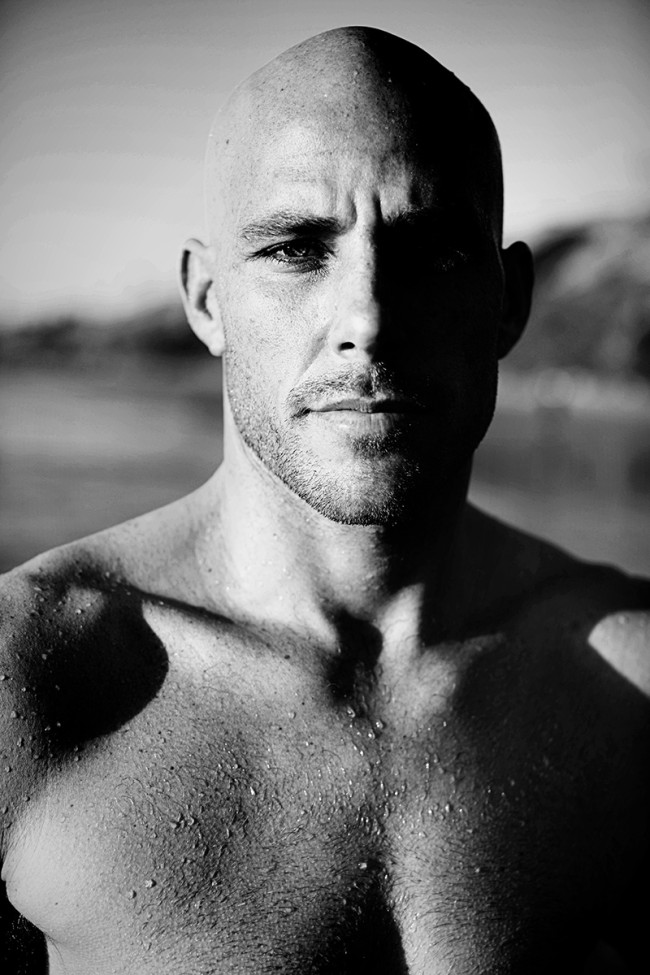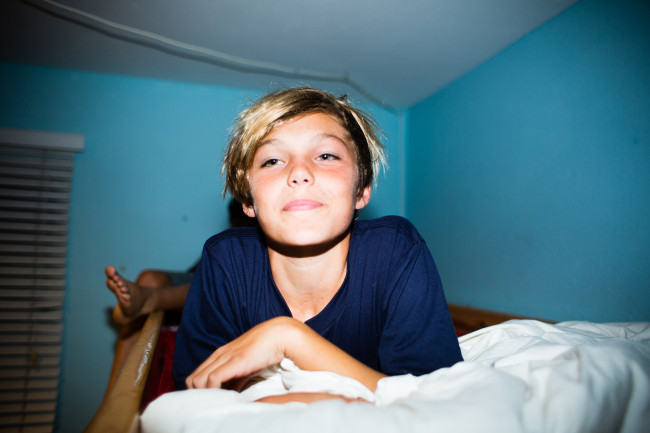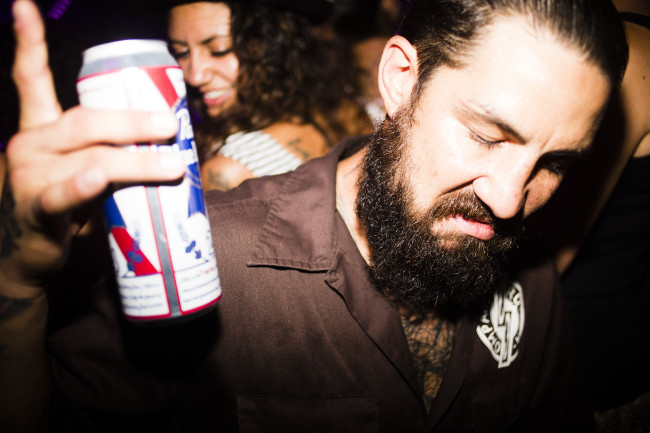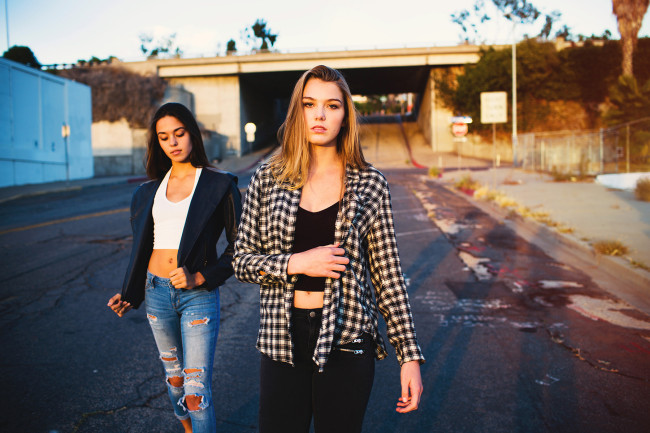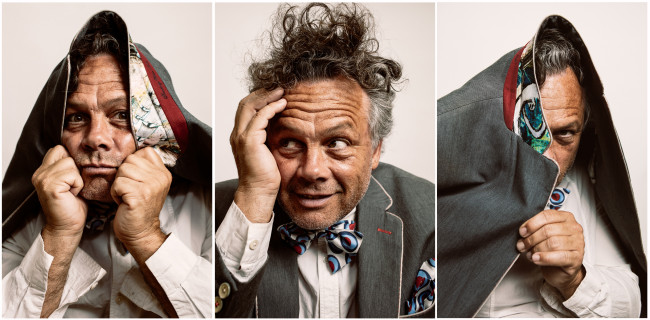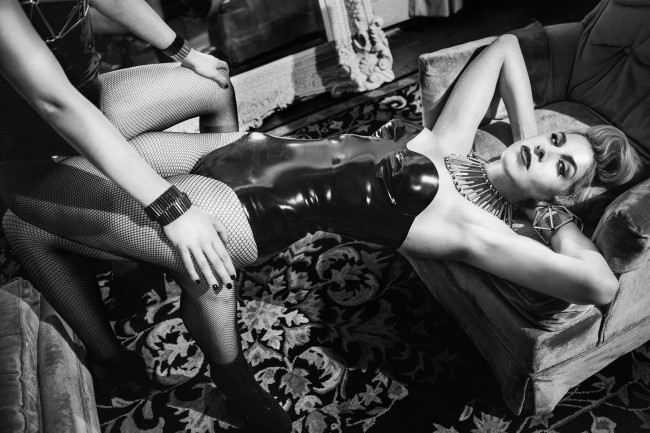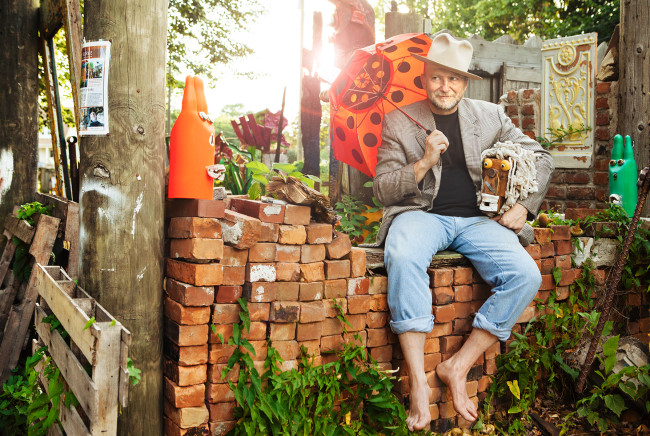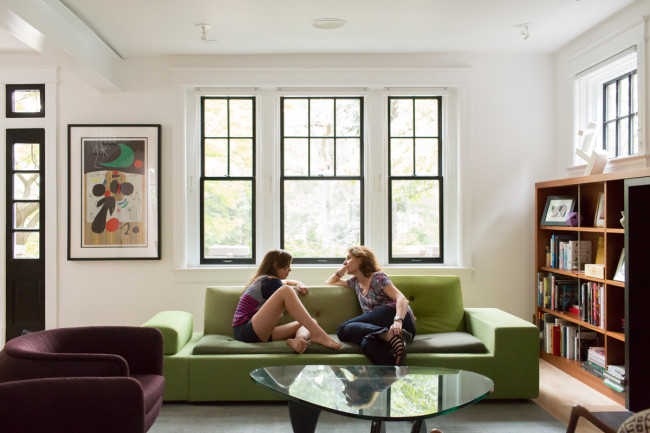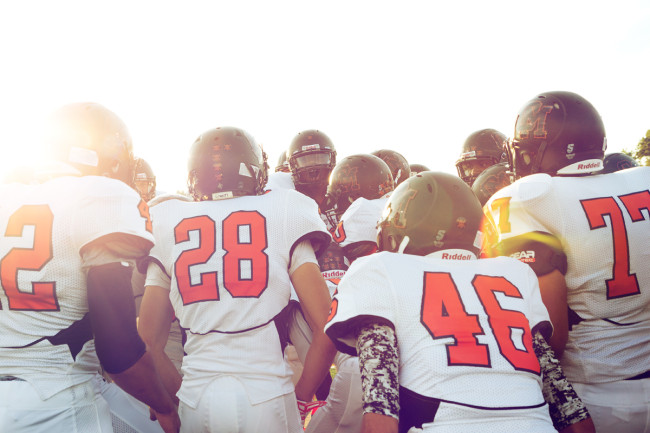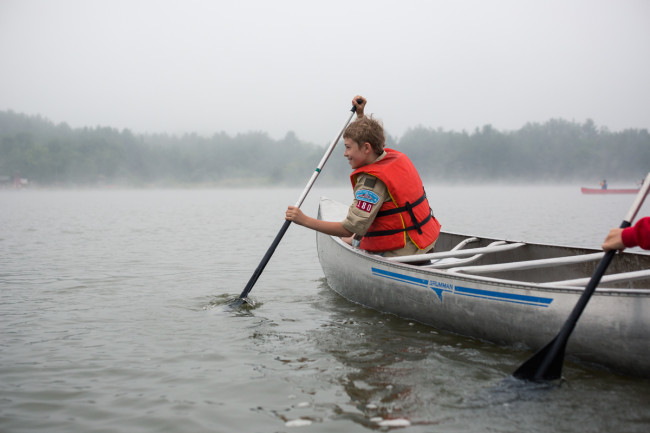Personal Projects have always been my favorite galleries of a photographer’s website as it showcases their creativity. To get an industry perspective, I have teamed up with Heather Elder to get agency art producers’ opinions on personal projects and why they are so important.
As a former art buyer with decades of viewing websites and portfolios, it is a personal project that many times seals the deal on being hired. Advertising campaigns are a collaboration of photographer, art director, creative director, account executive, client, and support crew.
In 2016, I started “The Art of the Personal Project” on APE with the vision to showcase a photographer and their personal style. I search the internet for photographers on websites like Found, Workbook, APA, ASMP, CA, The Picture Show: NPR, photographer representatives and photographers for the work I admire. For personal projects to showcase, I look for at least 6 to 8 images and a unique subject/story. I don’t take submissions.
Below are the results of Heather and I reaching out to art producers, and we hope it is enlightening and inspirational.
Ali Berk (Director of Art and Print Production at 72andSunny), Caroline Fahey (Senior Art Producer at Droga5), and Cliff Lewis (Executive Producer and Director of Art Production at Droga5) have generously shared insights into the vital role personal work plays in keeping portfolios fresh, the delicate balance between timeless and outdated, and the art of holding interest in a world marked by fleeting attention. Through the points of view of these industry professionals, we aim to glean insights that not only guide photographers but also illuminate the ever-shifting dynamics of contemporary photography
APE/HER Art Producer Questions & Answers:
How crucial is it for photographers to keep their portfolios current with new content, and what are the consequences of failing to do so? Can a portfolio still captivate interest if it showcases older but compelling work?
Ali Berk: I always think that if you are making new work, even if it’s personal work, you are moving your creativity forward. I also believe that new work can attract fresh interest and bring in new clients. Of course, portfolios can still captivate interest if it showcases compelling work, some work is timeless! But if the work feels stale (sometimes clothing and overall style starts to look dated) it might be time to experiment rotating in new work to see how it performs.
Caroline Fahey: Totally keep older work you feel proud of, and still reflects who you are as an artist. If it feels dated in terms of your style or work, you’d normally take on, I would remove it, as it is also really important your portfolio feels cohesive and has a strong point of view.
Seeing current and new work also allows me to see the kinds of brands you’re working with, ideas you’re generating, and where you want your work to go in the future.
Cliff Lewis: I do think it’s important for photographers and artists to keep their work current and relevant. In today’s fast-moving environment, it’s critical for producers and creatives to see that photographers and artists are at the very least, excited by the world and in the conversation. Remember that media is driving attention spans down, so we have very little time to engage anyone. In the ad world, a great deal of research around photography is done on social media so it’s a great way to have fun, be yourself and share your voice as an artist. Once you generate interest, that often leads to your website. At that point, as well as your current projects, you can share more commercial leaning or older work too.
What is the threshold at which a piece of work is considered outdated? At what point does older work lose its relevance or value in a portfolio?
Ali Berk: As creative people, we all strive to make something unique. Make beautiful things people have never seen before. In order to make work that is at the forefront of what’s being made, you have to keep making, keep experimenting, keep advancing the medium.
Caroline Fahey: Work is outdated if it no longer applies to what the photographer desires to shoot or accurately reflects their intended/current style. If that work sticks out like a sore thumb and feels disconnected to everything as a whole, it loses its value.
Cliff Lewis: The threshold for older work is very subjective. I think this really distills down to instinct and your own feelings. Is it still relevant? Who am I showing it to, and did they inquire based on that work? Some pieces are incredible and should be shown but perhaps in a separate space?
Have you noticed a distinct shift in the style or content of photographic work post-pandemic, and in what instances can pre-pandemic imagery detract from a portfolio’s relevance?
Ali Berk: I don’t have a singular answer for this, as I think each genre of photography goes through distinct trends. These shifts in trend aren’t unique to the pandemic, but I think we all taught ourselves new ways to stay self-motivated, which might have led to the formation of smaller, creative teams working together to set new trends.
Caroline Fahey: Hmm, I don’t think I have actually, or perhaps I don’t really see a distinction. More just new trends?! With that said, I don’t think it’s worth crafting your portfolio to a specific trend or moment. Better to build your own unique style that will last you your career.
I also think this new rising generation of photographers are very focused in the celebrity/portraiture world, so it’s always refreshing to find younger photographers who aren’t necessarily in that space.
Cliff Lewis: In terms of pre and post pandemic, I believe that there has been an incredible acceleration in content (I’m not particularly fond of that word) and in particular, user generated content or content captured in that style. Social platforms like Tik Tok are changing the game. That is not to say that we are not still busy with advertising work in the more traditional lanes, but social platforms are starting to redefine the rules in terms of style and content. There are some demographic lines of course but a lot of brand audiences reside on social media so it’s inevitable that the medium is attracting a great deal of attention from brands and agencies.
From your perspective, does the regular creation of personal work correlate with a photographer’s career success, and if so, what are the underlying reasons for this?
Ali Berk: Making personal work, shows you are open to change, open to evolution. Even when you don’t have a project ‘for work’, you are staying curious and keeping your mind busy. I think this just sets you up to have an open mind set. I love looking through a portfolio not being able to distinguish what was made for a client and what wasn’t. There is so much freedom and possibility when you’re making something just for yourself, there’s no doubt that work will eventually bring new connections and people into your life.
Caroline Fahey: I’m not sure if there is a simple yes or no answer to this and it likely depends on the photographer. With that said, certain photographers’ personal projects allow me to bridge the gap between what they love to shoot, and how that can be translated to a hyper specific brief I have on the table for a commercial client.
At the end of the day, we are looking to create imagery that doesn’t feel like an ad. So, seeing how your personal style can translate into a commission is super important.
By simply only showing commissions on your site, it may pigeonhole you into specific projects/asks, whereas your personal projects will allow the ability for new opportunities you may not expect. We often are trying to find photographers that may push the boundary on a specific brief.
Cliff Lewis: A photographer’s personal work is an opportunity to present their voice, be bold and free of any commercial constraints, to showcase ideas in the purest form. And social media provides the platform, so I think there is absolutely a correlation between personal work and success.
What guidance would you offer photographers seeking creative direction for new projects? Are there any themes or concepts that seem oversaturated in today’s market?
Ali Berk: For photographers seeking creative direction, I would suggest trying to put yourself out there and connect with art directors and prop stylists whose work you admire, to see if they would be open to test shooting. I acknowledge it’s a privilege to have access to studios and equipment, so even testing with natural light and an iPhone can help you jam on ideas that might lead to something new!
Whenever there is a theme or concept that seems oversaturated in the market, that’s the sign that there is opportunity in the market to try something new. By the point that everyone is tired of seeing the same-old, for the people who look at work all day, anything new will be exciting! Mess around! Break the mold and try it from a new perspective.
Caroline Fahey: Don’t be afraid of collaborating with other art directors/creative directors/stylists to help concept for personal projects. No need to feel like your personal work must solely come from you, and you only.
If the idea/concept is unique, it will speak for itself and not feel oversaturated. I don’t think there is a reason to avoid creating something you feel compelled to make for the sole reason it may already exist.
Cliff Lewis: Pretty much everything is oversaturated in today’s volume rich media environment. What is scarce are rich ideas and intelligent, thought-provoking work. It is hard to puncture a saturated world. With typically only a short window to capture someone’s imagination, I would say work towards ideas that excite you the artist, that move you, and ones that provide the chance to share your unique point of view. Also remember that today’s social platforms also reward ideas that are imperfect. Of course, craft and execution are important to us but sometimes, viewers are moved by ideas and insight without the need to spend too much.
What implications might a scarcity of recent work have when it comes to engaging with new clients or collaborators?
Ali Berk: I would suggest that no matter how scarce the work, you try to operate with the same mentality. Continue to share your work with new clients and collaborators. You don’t need to spend money making mailers or sending gifts to get attention- emails work. Instagram works. Keep posting your new work and it will catch. Send emails when you have something new to share.
Caroline Fahey: Generally, it does ring some alarm bells. Some thoughts that go into my head (does not mean by any means the below are true – just where my head goes!)
- If the work they have shot within the past year isn’t work they are proud of showing, it means they probably won’t be happy w/ images they create for my campaign, which is not a good sign.
- If there is a lack of work, will the photographer be able to confidentially execute the brief on the table?
- Does this photographers work on their website accurately represent their current style? Can I expect this on my shoot?
- Is it a risk to show this work to creatives if there is a lack of work as a whole? If creatives want to pursue bidding with this photographer, do I feel confident they can deliver this brief?
How do you view the inclusion of speculative work aimed at specific brands within a photographer’s personal portfolio?
Ali Berk: I think it’s a good idea to include speculative work if you’re trying to articulate a creative thought! However, I would operate with sensitivity to IP, by keeping that work for 1 on 1 portfolio reviews vs. publishing that work online.
Caroline Fahey: It’s super helpful to see how a photographer’s style can translate into a branded project. When viewing it from the eyes of a producer, it may spark ideas for a brief we have coming up / allow me to see your work in a different perspective.
Cliff Lewis: I love speculative work. In the last two years I know of at least two photographers who approached major clothing brands with speculative work and ideas. Based on thoughtful proposals and clearly a love for the brands, the result was a commission directly with the client and a hugely successful campaign of images. So, if you love a product or a brand, have passion and a vision, I’m sure clients would want to hear from you.
Can you highlight a memorable personal project from a photographer that captured your attention? Did that project lead to job opportunities, and what about it stood out to you?
Ali Berk: A personal project that has remained impactful for me is Daniel Jack Lyons’ project Like A River/ IG. This long-term endeavor features extraordinary images capturing under-represented communities in the Amazon. The images are incredibly impactful and really stuck with me.
Cliff Lewis: When I was at BBH in London, the Dazed editorial project “Feel it “ by the photographer, Rankin caught our eye. It was a photo series of couples kissing. We had a creative brief in the agency for a new twisted seam engineered jean from Levi’s and Rankin’s kissing series was just an instinctive fit. The shape, the mood the modernity of it was just perfect. Of course, there is an element of luck with timing but if you are creating and getting your work out there, the chance exists.


